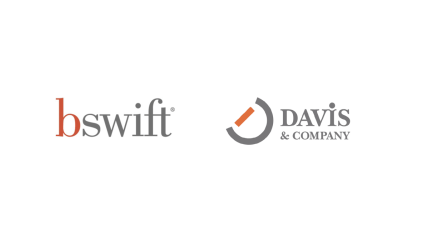
Maybe it’s being stuck in quarantine, but lately I’ve been craving fast food. Now I know everyone has his or her favorite chain, from Mickey D’s to Chick-fil-A. But if I’m on the road and need a quick burger fix, I’m heading for the home of the Whopper: Burger King.
Why? Because from the very beginning, Burger King has been about letting me have my burger my way (junior size with extra lettuce, tomato, pickle and no onion, thank you).
Burger King’s popularity—and that of other chains, such as Chipotle, Blaze Pizza and Cava, to name a few—is based on the simple truth that people love choosing options that best match their tastes.
Just as everyone’s taste in food is individual, so is everyone’s appetite for detail—even when it comes to benefits communication. Some employees only want to know high-level details; others want to sift through all the details; and others want someone to walk them through their options or make decisions for them.
So if you want to capture employees’ attention, you have to consider how employees prefer to experience benefits communication, then let them have it their way. Here’s how that looks across the four groups I mentioned:
Employees who just want high-level information
Many employees don’t have the time or inclination to dig into the details of benefits packages unless they are facing a major life event, such as a new baby or retirement. What these employees really want to know is how their benefits offerings have changed from year to year.
Give this group easily digestible bites of information that will satisfy their need to know without taking too much of their time:
- Overview newsletters that feature skimmable content and eye-catching visuals
- Robust Frequently Asked Questions (FAQs) organized by high-level topics
- One-page summaries with visuals and charts
Employees who want to review all the details
Some employees want to roll up their sleeves and dig into the details before making any benefits decisions. This can be especially true if they are considering changes, such as switching from a traditional medical plan to a high-deductible plan to save on premiums.
Provide this group of employees with comprehensive benefits communication that covers all the bases, such as:
- Benefits guides with detailed descriptions of each option, eligibility requirements, pricing charts and any pertinent additional information (such as tax considerations for flexible spending accounts or 401(k) plans)
- Web pages (microsites or dedicated sections on your intranet) that offer a full complement of information resources, including detailed descriptions and Summary Plan Descriptions
Employees who want someone to walk them through options
When employees become overwhelmed with all the details, they are less likely to make changes and may miss out on the full value of your organization’s benefits. For these employees, having the opportunity to walk through the details of options with an expert advisor can make all the difference.
Help these employees get the advice they need by offering:
- Office hours for one-on-one meetings with benefits specialists who can answer questions
- Web-based meetings that provide a benefits overview and allow for Q&A
- Learning modules that step employees through the details of your benefits offerings
- Virtual benefits counselors that can recommend benefits choices based on personalized information from employees
Employees who want to leave the decisions up to their spouses/partners
For households where benefits decisions are a family matter, employees may decide to leave those choices up to their spouses or partners.
Make sure your benefits communication reaches those family members making the decisions with:
- Home mailers that provide capsule descriptions of benefits offerings, pricing charts, enrollment information and key dates
- Microsites accessible from home—password protected if necessary—that give the full details on all your benefits offerings
- Web-based calls where spouses and partners can join employees for a benefits overview and Q&A session
While every employee experiences your benefits communication differently, it’s impractical (some might say impossible) to target each group. Instead, make sure you use a mix of the tactics outlined above to design a robust benefits communication program that appeals to all four groups.




